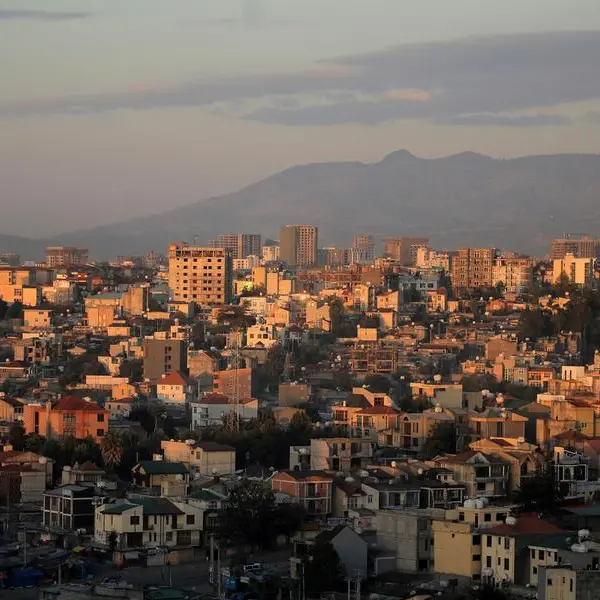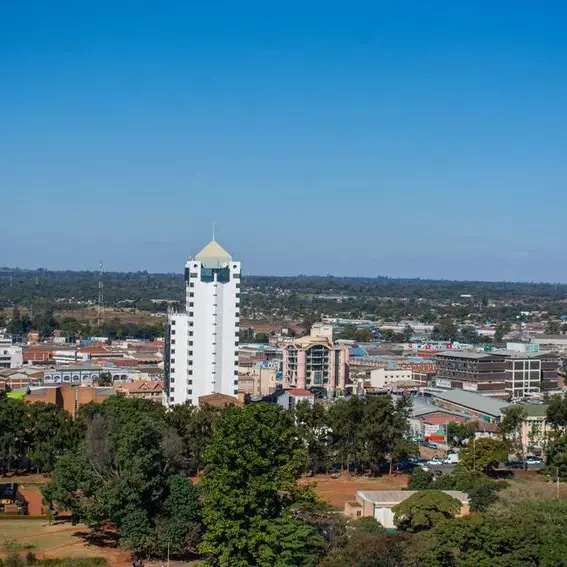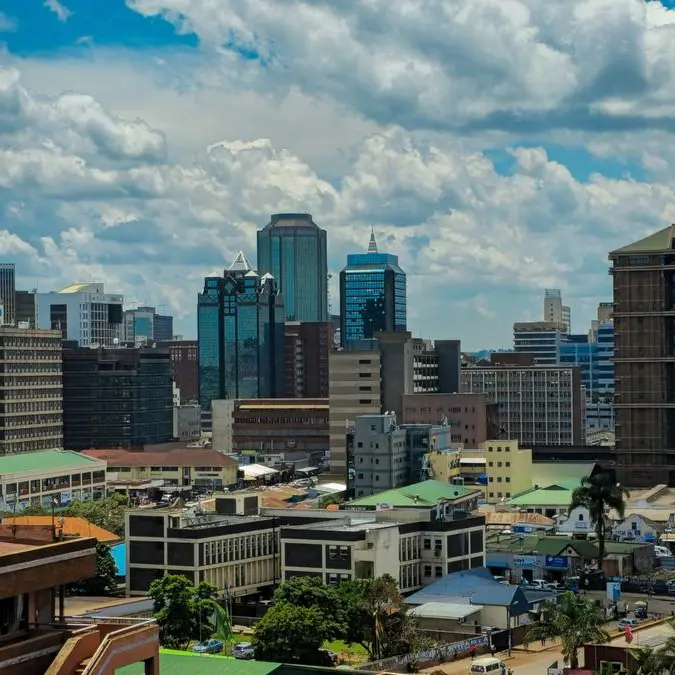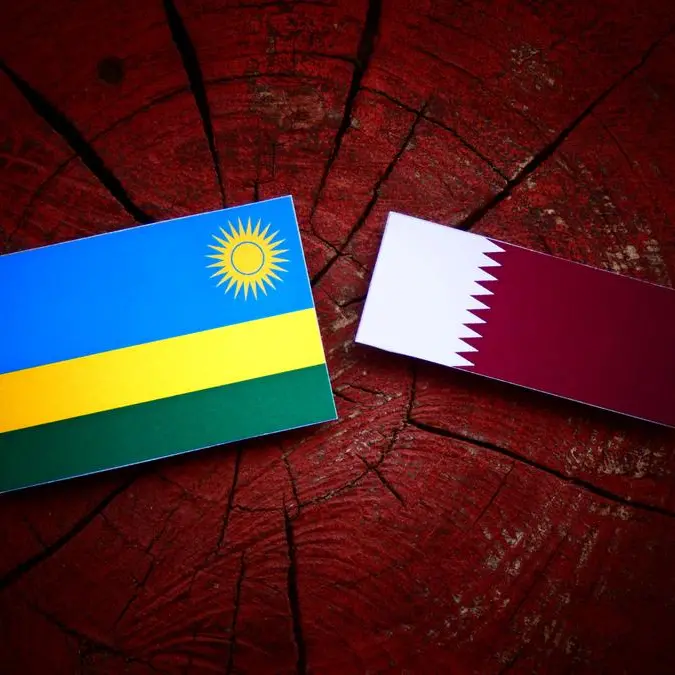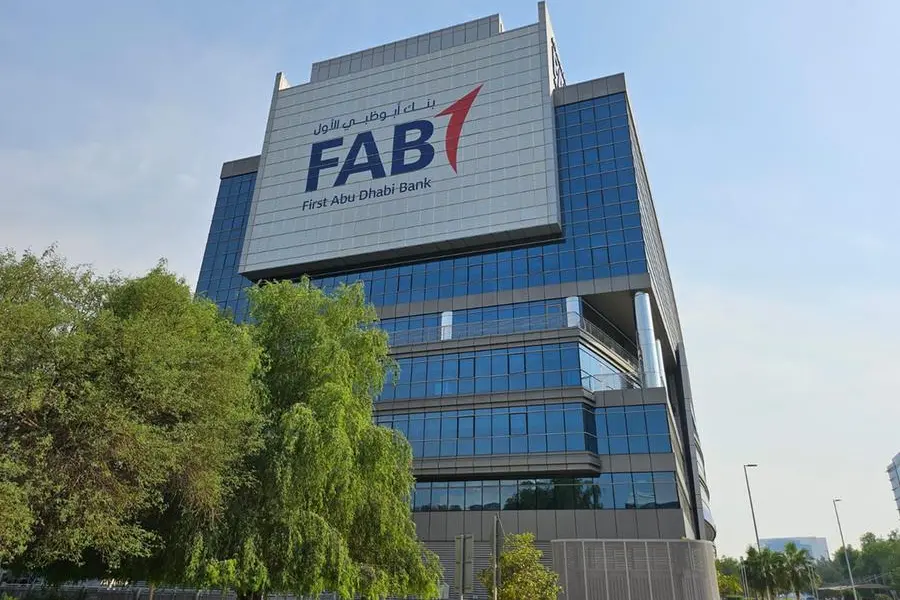PHOTO
Image used for illustrative purpose. Close up of a medical insurance form. Getty Images
Little or lack of enough income have colluded to deny close to 39 million Kenyans access to health insurance, leaving them at the mercy of the state-owned National Health Insurance Fund (NHIF) and out-of-pocket payments.
Government data shows that only one person out of four (26 percent of the 53 million populace) have some form of health insurance, with the coverage concentrated mainly amongst the rich.
The Kenya Demographic and Health Survey shows that health insurance coverage increases with wealth, from five percent in the lowest wealth quintile to 58 percent in the highest wealth quintile.
Last year, 18 percent of Kenya’s population lived below $1.9 per day, meaning that over nine million Kenyans were in extreme poverty, most of whom were in rural areas, according to Statista, a German online data gathering platform.
Health insurance ensures that people are protected against unforeseen expenditures that may arise and is a key component of financial protection for the population, because the cost associated with healthcare during a disease episode can drive families into poverty.
Read: Hurdles on EA path to universal healthcareHowever, according to the survey by the Kenya National Bureau of Statistics cash payments, followed by NHIF, have become the most common means of settling inpatient and outpatient medical expenditures in Kenya.
Household members paid by cash and through NHIF for inpatient expenditures average of Ksh13,621 ($97.29) and Ksh9,330 ($66.64) per year respectively.
This compares unfavourably to Ksh6,202 ($44.3) paid through private insurance schemes.
Coverage/penetrationAccording to the survey health insurance coverage is twice as high in urban areas than in rural areas with an estimated 40 percent of household populations in urban areas having some form of health insurance compared with 19 percent in rural areas.
Generally, persons in urban areas spend on average, twice the amount spent by those in rural areas on inpatient and outpatient visits.
Read: Health cover for all Kenyan residents close to realityThose in urban areas spend on average Ksh59,493 ($424.95) and Ksh2,281 ($16.29) on inpatient and outpatient expenditures per annum respectively while those living in rural areas spend Ksh24,731 ($176.65) on inpatient and Ksh1,455 ($10.39) on outpatient.
Outpatient health expense increases with an increase in age, with the oldest respondents reporting the highest outpatient health expenditure of Ksh898 ($6.41) for age 0–4 years and Ksh4,078 ($29.12) for age 60 years and older).
Consultancy firm Deloitte’s East Africa Insurance Outlook report (2023) terms Kenya’s general insurance market well developed, but premiums have increased by less than GDP growth rate, which calls for insurers to consider newer business models, diversified product offerings, and newer distribution channels to further insurance penetration.
In the East African market, mergers and acquisition activities within the insurance industry continued, as global insurers sought strategic acquisitions to make inroads into the African market footprint. There is increasingly more competition from InsurTechs and technological firms for both business and talent.
Read: NERIMA: Why people avoid hospitals at all costs“To maintain a continuing culture of innovation and make customer-centricity the industry’s standard operating model, insurance companies need to transform and adopt a digital mindset, and shift from reactionary to proactively adapting to customer needs and expectations,” according to Deloitte’s East Africa Insurance Outlook report (2023).
Globally, insurers continue to adopt digital mindsets in transforming their customer and value proposition, attract talent and operate more efficiently in the wake of increased regulatory requirements such as IFRS 17. © Copyright 2022 Nation Media Group. All Rights Reserved. Provided by SyndiGate Media Inc. (Syndigate.info).

